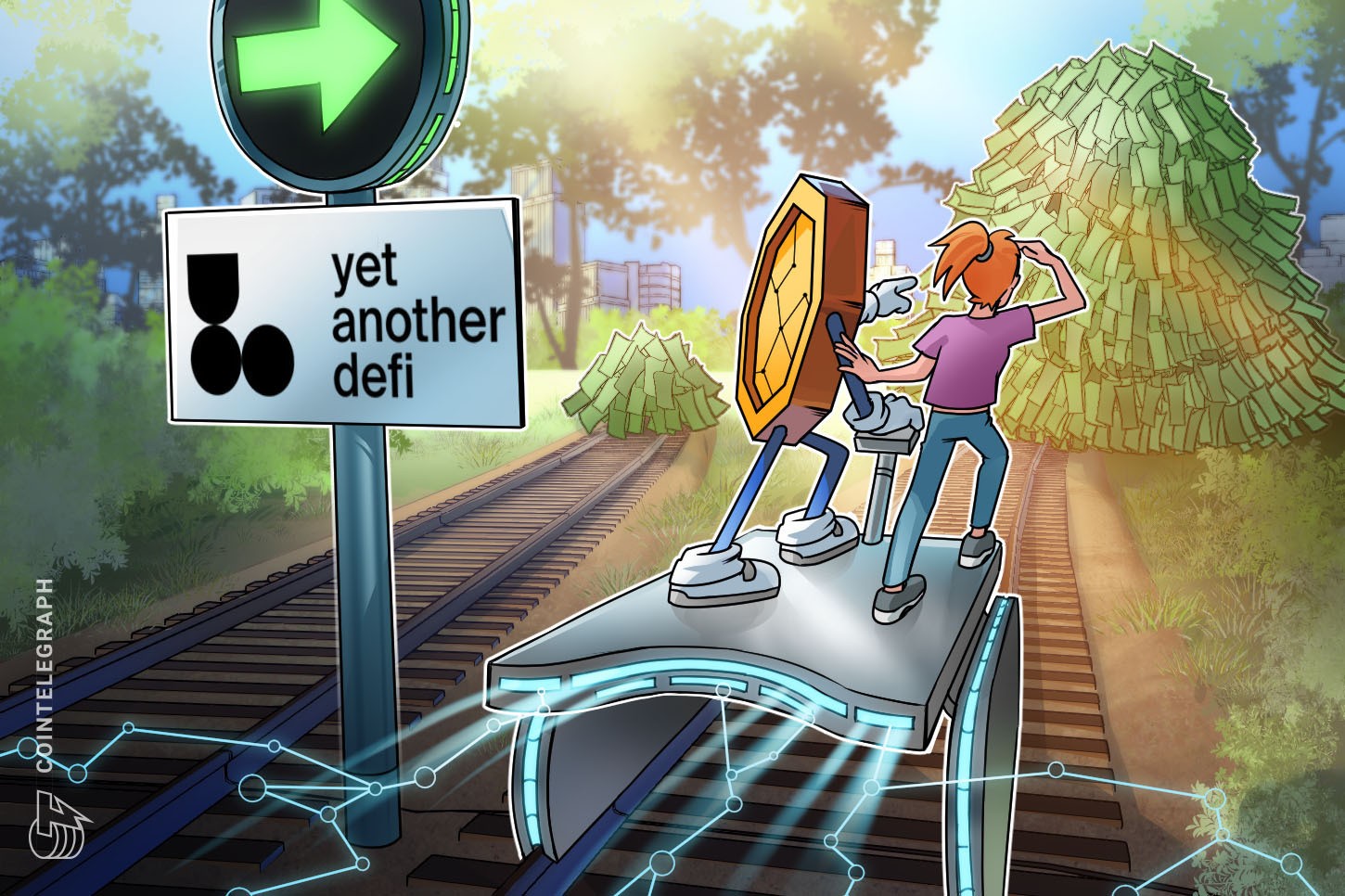Sponsored Content
The rapid downfall of FTX has hastened the shift from centralized exchanges (CEXs) to decentralized exchanges (DEXs), but selecting the right DEX is not an easy task. Besides looking for convenience and an intuitive interface, crypto traders face several challenges with DEXs that can greatly affect their trading activity.
The problem is that many traders are unaware of some of these challenges because some DEXs don’t provide enough information to simplify the trading process. This leaves many crypto traders vulnerable to several DEX risks, such as:
- Price impact — the risk of the trade being executed at a worse price than quoted in DEXs that employ the Automated Market Maker (AMM) model is much greater than on CEXs. Given that prices are determined by the ratio and value of tokens stored in liquidity pools, large transactions directly impact liquidity on DEXs, forcing the AMM to execute at a different price than the initial quote, which might be detrimental for traders. To avoid price impact, traders can split large trades into multiple pieces, but that would mean paying more in fees.
- Price slippage – the difference between the quoted price and the price of execution caused by MEV attacks and by general market volatility inherent to crypto assets. On CEXes, price slippage is traditionally mitigated by using limit orders. Unfortunately, in DeFi limit order functionality is still rather a good-to-have luxury than a standard.
- Poor price discovery — DEXs with low liquidity may offer unfair quotes due to poor price discovery. AMMs rely on an arbitrage mechanism to maintain prices aligned across all exchanges, but liquidity pools with fewer tokens and lower volumes can offer prices that deviate from the rest of the market.
- Low liquidity of rare assets — the DEX market is very fragmented due to the multitude of different platforms. This is problematic for rare assets because liquidity is dispersed across multiple pools.
- Unclear transaction fees — most DEXs are transparent about their standard fee, but there may be variable costs, such as gas fees, that are not fully explained by some DEX services. On top of that, some DEXs offer better rates but at high slippage, while other exchanges offer poor rates for lower slippage.
These challenges are amplified by the fact that the DEX market is fragmented, and there are multiple options to choose from, which leaves crypto traders confused. A diverse range of options is good for the market, but when it comes to an emerging sector, it is difficult to make an informed decision. Traders are often forced to transact on multiple DEXs in the hunt for better rates, but they have to give permission to numerous smart contracts.
How do DEX aggregators fix these problems?
DEX aggregators come to the rescue by addressing most problems faced by independent DEXs, which can make the CEX-to-DEX transition smoother.
DEX aggregators are DeFi protocols that give crypto traders access to multiple trading pools through a single dashboard. They use complex algorithms that consider multiple factors to pick the best DEX for each specific token swap.
The lack of sufficient liquidity is one of the most ardent problems DEXs face, and aggregators address this issue by giving traders access to multiple DEXs at once. By securing more liquidity, DEX aggregators offer better price discovery and reduce the risk of price slippage. They can also split orders across multiple DEXs to further diminish slippage.
Thanks to DEX aggregators, crypto traders benefit from the best rates on independent trading pairs while dealing with a single application.
One example of a DEX aggregator is YetAnotherDeFi (YAD) — a multichain swap router that aggregates liquidity across six major blockchains, including Ethereum, BSC, Avalanche, Polygon, Fantom and Optimism. With YAD, crypto traders can exchange over 3,500 tokens at the most favorable rates with low transaction fees.
YAD relies on decentralized and noncustodial swap technology that is censorship-resistant and allows traders to move funds anywhere in the world without any geographic or KYC limitations. The platform prioritizes asset security by utilizing transparent solutions based on established open-source code, which anyone can audit.
YAD puts great emphasis on user experience, making the trading process similar to that of a CEX. The aggregator offers two view modes: the simple mode for beginners and another mode for those who want to access all the relevant information prior to conducting a swap, including the price action and the optimal swap route. YAD automatically finds the fastest route and offers the best rates.
The aggregator enables users to customize the price slippage tolerance as well as change the gas price to accelerate certain transactions.
DEX aggregators support crypto adoption
DEX aggregators combine major benefits of DEXs (such as noncustodial trading) with the liquidity level of CEXs, offering the best trading experience in the crypto space.
The prevalence of hacking attacks and fund misappropriation of centralized crypto services has negatively affected crypto adoption. Evgeny Gaevoy, founder and CEO of crypto market maker Wintermute, told CNBC that the collapse of FTX set back the adoption of crypto assets by “one or two years.”
Even though DEXs are being turned to by many investors, they don’t provide the same liquidity and convenience. DEX aggregators can reduce hesitancy by offering the best of both worlds.
Disclaimer. Cointelegraph does not endorse any content or product on this page. While we aim at providing you with all important information that we could obtain, readers should do their own research before taking any actions related to the company and carry full responsibility for their decisions, nor can this article be considered as investment advice.



